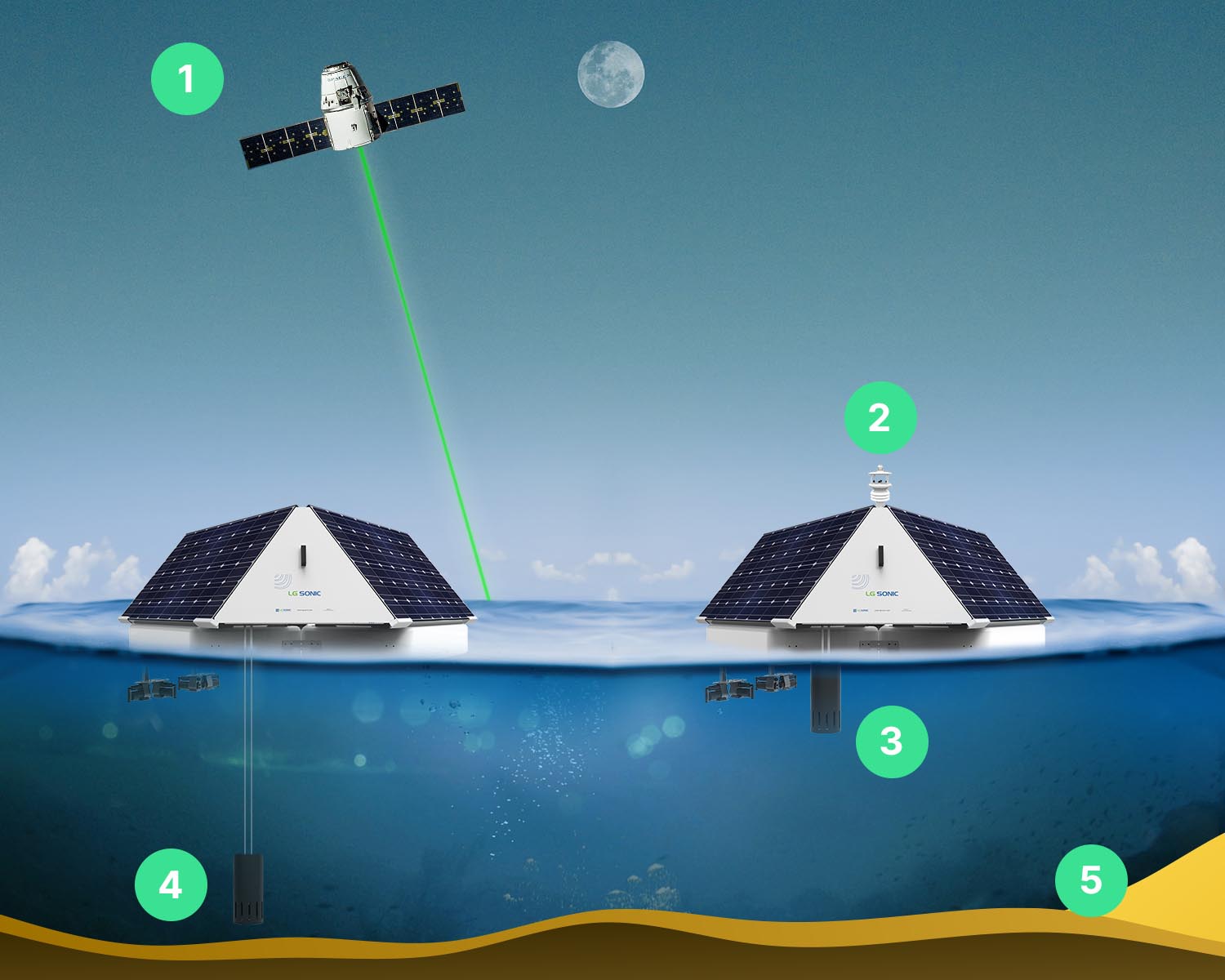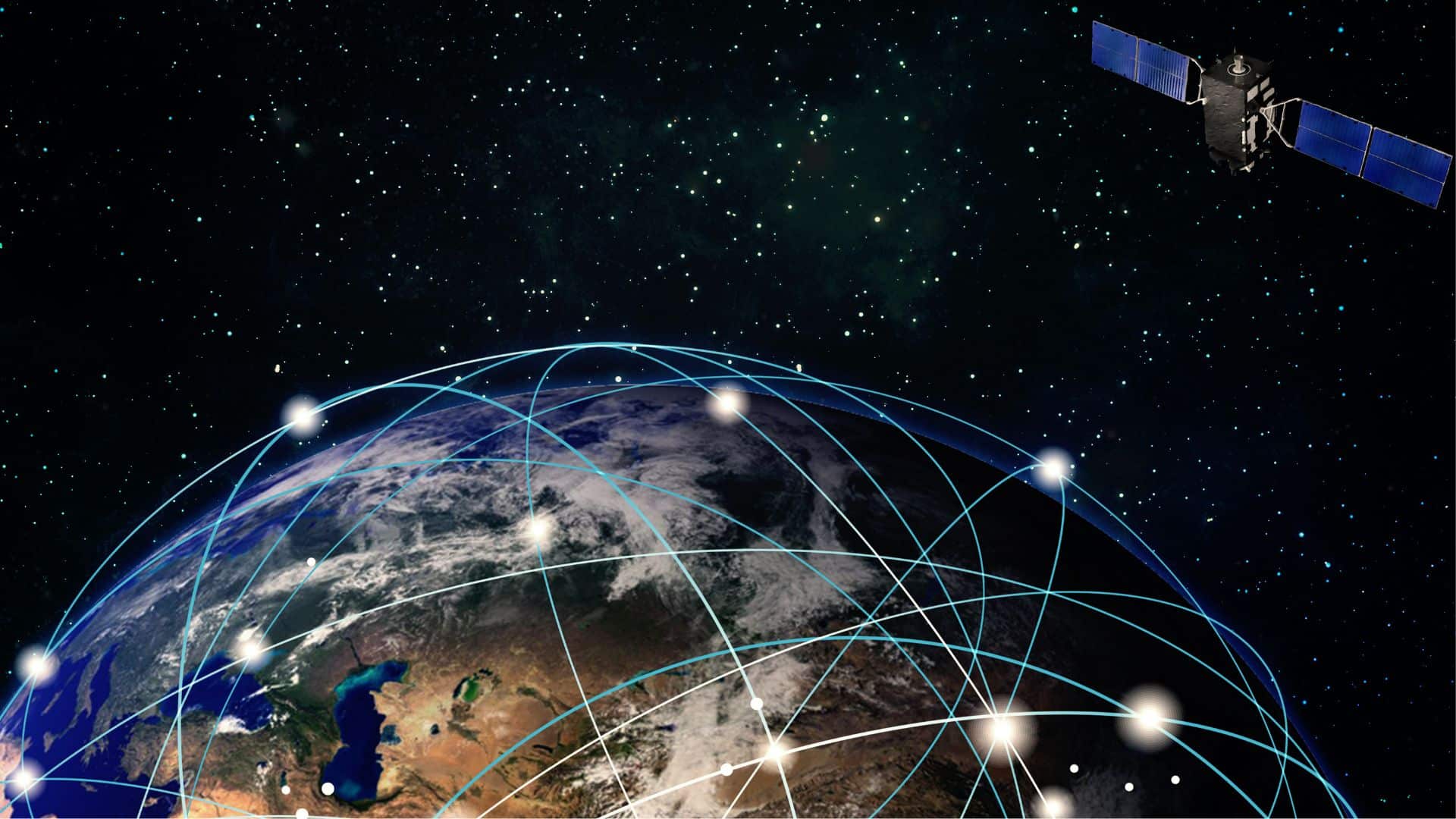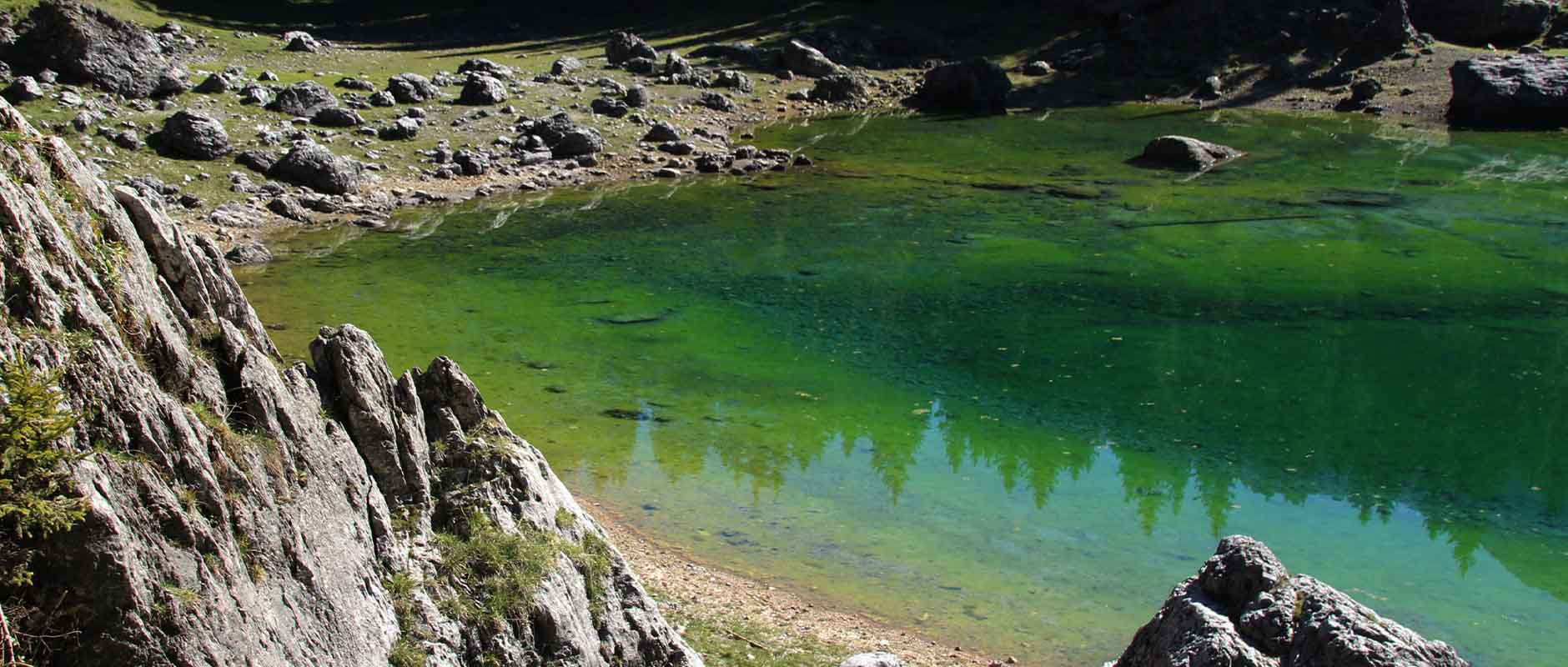Your Top 5 Questions on Algae Control Answered
Published on by Water Network Research, Official research team of The Water Network in Case Studies
Your Top 5 Questions on Algae Control Answered
At LG Sonic, we thrive on challenges and value our audience’s insightful questions that delve beyond the obvious. During our recent webinars, we received a multitude of intriguing inquiries that showcase your deep understanding of our technology and its applications. We are excited to share some of these thought-provoking questions and provide comprehensive answers that shed light on the complexities of water management and algae control.
Your curiosity inspires us to delve deeper into the science and practical applications of our innovations. We appreciate the opportunity to address these challenges head-on and demonstrate how LG Sonic continues to pioneer sustainable solutions in water treatment.
Your engagement drives us to push the boundaries of innovation and sustainability, and we are committed to keeping you informed every step of the way. Here, we will unravel the answers to some of the most compelling questions we have received:
1. How do you do the historical timeline of problem areas in a water bodies?
At LG Sonic, we create a historical timeline of problem areas in water bodies by continuously monitoring key parameters such as chlorophyll-a levels, temperature, and nutrient concentrations using our MPC-Buoy systems. Data collected is stored in a cloud-based platform, allowing for easy access and analysis.

By comparing current and past data, we identify patterns and trends, pinpointing areas and times of recurring issues like algal blooms. Utilizing GIS technology, we create detailed maps highlighting problem areas spatially and temporally. Our reporting tools and predictive modeling enable stakeholders to make informed decisions and implement proactive management strategies for effective algae control.

2. Can you explain the satellite remote sensing option?
LG Sonic’s Water Window uses existing data from European and American satellites to assess the spatial distribution of chlorophyll-a, turbidity, and phycocyanin. We validate this data with the in-situ measurements our buoys gather all over the world.
This is fed into our Machine Learning (ML) algorithm for increased accuracy. Since satellites pass over the planet daily, this consistent data stream can be used to assess where algae are forming seasonally and over time. LG Sonic’s Water Window is tool to determine algae “hot spots,” gauge treatment, and inform managers where the problem areas are.

3. How effective are these algae buoys in shallow eutrophic lakes?
LG Sonic algae buoys are highly effective in managing algae in shallow eutrophic lakes from as little as 1m depth, where nutrient levels and sunlight availability promote rapid algae growth. By emitting specific ultrasonic programs, our buoys prevent algal populations from accessing the sunlight they need to propagate, thus inhibiting growth and reducing bloom occurrences. This proactive approach helps restore balance to aquatic ecosystems, improve water clarity, and support diverse aquatic life.

4. Are there any regulations that guide how these systems are to be used and designed?
We ensure that our MPC-Buoy systems comply with relevant local and international regulations and standards governing water treatment and environmental protection. These regulations guide the design, usage, and deployment of our systems to ensure safety and efficacy.

We work closely with environmental agencies and follow best practices to meet these regulatory requirements, providing our customers with solutions that are not only effective but also responsible and sustainable. Our commitment to innovation is matched by our dedication to adhering to these guidelines, ensuring that our technologies contribute positively to water management efforts globally.
5. Is the Buoy powered by battery or remotely?
Our MPC buoys are typically powered by a combination of solar panels that charge integrated battery systems. This setup enables autonomous operation by harnessing solar energy to charge the batteries during daylight hours.

The stored energy powers the buoy and its systems continuously, including data transmission and ultrasonic algae control functionalities. The battery has been tested in cold, dark climates as well as for periods where charging is not possible.
This approach minimizes environmental impact, reduces operational costs, and ensures reliable performance across various environmental conditions, supporting long-term algae management and water quality monitoring initiatives effectively.
Conclusion
At LG Sonic, we are dedicated to engaging with our community and addressing your concerns. We have received numerous other interesting questions from our audience. All our webinar registrants have already received detailed answers, and we plan to cover even more of them in our future materials.
We are preparing more exciting webinars, so be sure to register and get your questions answered in person. Stay tuned for more insights and updates!
Attached link
https://www.lgsonic.com/questions-on-algae-control/?utm_source=newsletter&utm_medium=email&utm_campaign=LGS+NL+15%2F07+EN&utm_id=LGS+NL+15%2F07+EN&utm_source=ZohoMarketingHub&utm_campaign=LGS+Newsletter+22%2F07%2F2024+EN&utm_medium=emailTaxonomy
- Algae
- Algae Treatment
- Algal Blooms
- Hazardous Algae Blooms